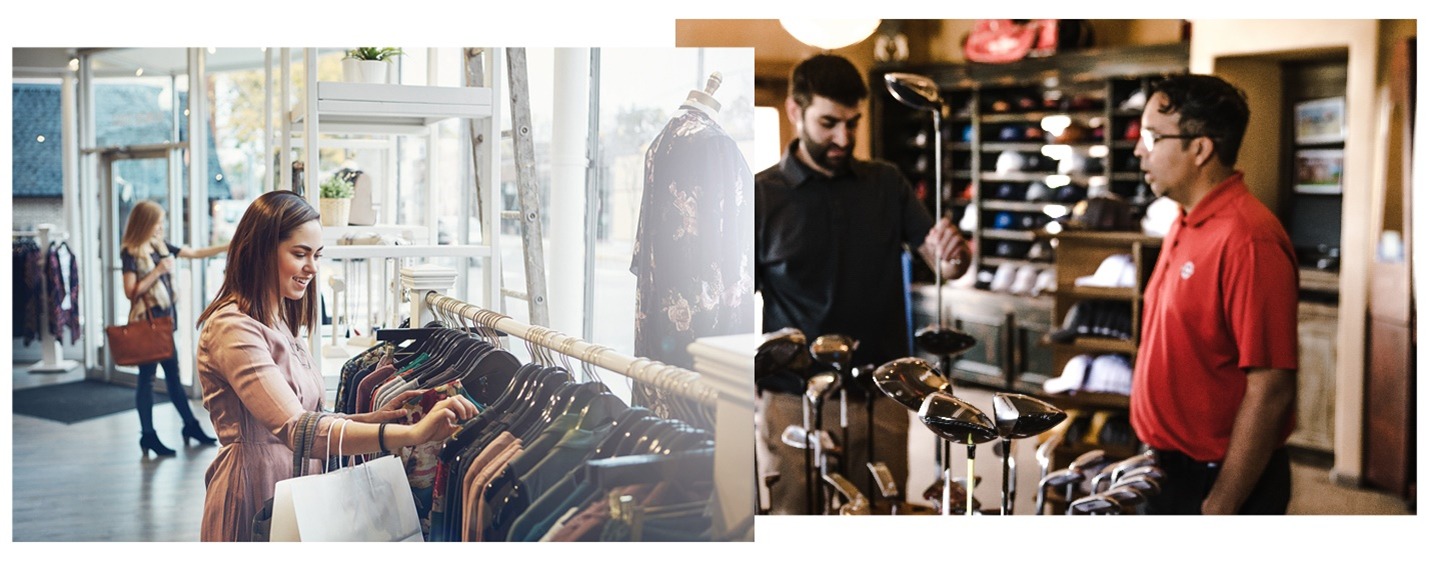Shop-along research can provide an in-depth, real-time view into the purchase journey that is difficult to obtain through traditional quantitative or even qualitative methodologies. Shop-alongs are ideal for identifying and understanding the processes and behaviors customers engage in while shopping in stores. A researcher being present with the customer while they are shopping allows for the observation of customer behaviors that they may not even be consciously aware of, or able to recall later.
Shop-along participants are recruited in advance or are intercepted at the store location. The exact flow of a shop-along can vary based on the research objectives, but they tend to include a warm up discussion, brief instructions on the shopping task, a semi-structured observation checklist for the researcher, and a discussion guide of questions to ask.
Below are a few steps to consider when conducting shop-alongs to ensure they provide you with the powerful insights that you need.
- Step 1: Ensure that participants are highly qualified as the right target. This step is critical to ensure that the shopping experience is authentic. A successful screener should:
- Identify a participant will be shopping for the specified product(s) within a set time frame. The exact time frame is largely dictated by the type of purchase and its decision process. Frequent or repetitive purchases (e.g. snacks, cosmetics) are likely to have shorter time frames, whereas infrequent or larger purchases (e.g. appliances, automobiles) are likely to have extended time frames.
- Understand the participants’ stage in the purchase journey. These questions help establish their knowledge level, how well their consideration set is established, etc. Based on the research objectives, only a portion of these shoppers may be relevant.
- Learn why the participant is planning to make this purchase. This question ensures participants are really in the market for the particular product and will be engaged in the purchase journey.
- Recruit a diverse mix of participants. Getting a range of shoppers’ accounts for potentially differing perspectives and behaviors is crucial. Diversity in recruitment may include demographics, role in the decision-making (i.e. solo or joint), stage in the purchase journey, brands/types in the consideration set, etc.
- Step 2: Establish a good rapport with participants. It is important not to dive directly into the research without some small talk first.
- Participants who are more comfortable with you and feel comfortable being observed are more likely to act naturally. Throughout the shop-along, it is vital to ensure participants feel heard and understood, so that they feel compelled to share their honest thoughts and experiences with you. Though it is important to guide the conversation and ask key questions to meet research goals, you should do so in a way that doesn’t feel forced and allows the participant ample ability to express their thoughts. Many times the best insights come out of participants sharing their thoughts beyond just answering key questions – and good rapport is critical in allowing this free flow of conversation. As the shopper, they are the expert in their shopping process, and you are ultimately there to understand that process, which may be articulated or shown in different ways by different participants.
- Step 3: Focus on observing participants’ shopping behaviors, in addition to listening to participants’ responses. Oftentimes, shoppers engage in many important behaviors subconsciously, and may not be able to articulate exactly what they did when asked. However, if you observe how they conduct themselves and probe on both their reported and actual behaviors, you may be able to uncover less apparent, but still vitally important aspects of the shopping journey.
- Some things to look for include: observing whether or not they look at signage, pick up products, touch/interact with sample products, how they search for a product (e.g. do they scan through all products from left to right, or do they focus on a particular type of product/product packaging that stands out, or do they use signs to guide them to the correct product). Uncovering these hidden parts of the shopping process is one of the major strengths of shop-along research, which can easily be lost if the researcher is not vigilant.
- Step 4: Be flexible. Shopping experiences can unfold differently for different participants. It is crucial to adapt to their pattern, which sometimes means changing when or how certain questions are asked to better fit with the flow of each shopping experience. If a customer starts talking about price in the beginning of the shop-along even though that topic may be slated for later in the discussion guide, you would want to talk about how price factors into their decision-making at that time and not later when they could be thinking about something else.
- Another example may be talking about signage before intended if the customer is noticing and relaying to you how they are using signage to aid in their purchase journey. Adapting to these types of examples is essential for capturing complete observations, responses, and behaviors.
Shop-alongs are common among consumer participants in retail environments. However, they can be beneficial for other types of targets, such as business professionals, IT decision-makers, patients, healthcare professionals, etc. These targets also engage in purchase journeys for products and services in a range of settings, such as retail, professional, and online. Shop-alongs can be utilized in many different industries. For example, healthcare professionals can use shop-alongs to improve the patient experience and understand why patients choose certain healthcare options. The delivery services industry uses similar techniques as shop-alongs, but they are commonly called work-alongs. A researcher is hired to ride along with a delivery driver to see how packages are picked up, how packages are placed that need to be picked up, where packages are placed, etc. This information is useful in determining if there are inefficiencies in the delivery process.
Overall, shop-alongs offer insights based upon behaviors that are happening in real time and not recalled and reported after the event. This approach allows research to reflect the shoppers’ true experiences and uncover unarticulated learning. Following the above steps will help you make the most of your shop-along research.



